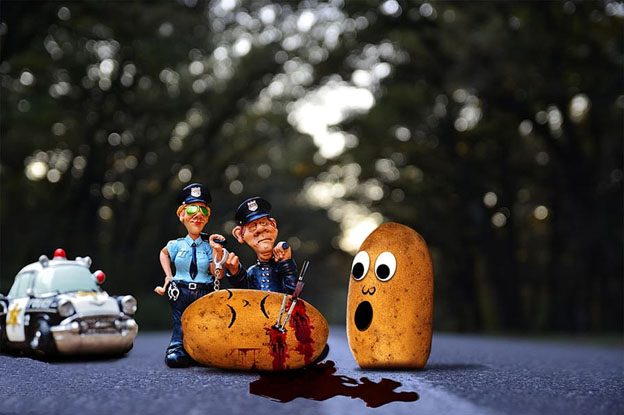The world of animation is where your ideas and imagination come to life! To put it simply, animation is a method, which involves a series of still images that change over time to create an illusion of movement in a sequence.
This ‘young art’ has evolved tremendously over the past few years. It is used extensively in several fields including entertainment, education, gaming, simulations, creative arts, and advertisement.
If you are also intrigued by this art, you’ve come to the right place! Here’s all that you need to know to get a better understanding of animation.
Animator Workflow and Stages of Animation
While the 12 basic principles continue to be of great significance for animators, there is much more to this art than simply following guidelines.
You need to have a well-planned, step by step process to help you stay on the right track.
There are dozens of animation workflows out there and every animator adapts and develops his or her own process. However, there are a few basic stages that are a part of almost every workflow.
Here are the 5 stages of animation you must know about.
- Stage 1: Planning and Conception
At this stage, you decide what kind of animation you want to make. You come up with your story, characters, and movements etc. It involves sketching, storyboarding and video reference.
- Stage 2: Blocking
Your work is still rough in stage 2. Here you decide what are the most important parts of your animation. You add in your drawings, keys, poses, etc. Basically, you need to put your idea together in a rough form.
- Stage 3: Blocking Plus
Still a rough phase, here you breakdown how you will be moving from one storytelling pose to the other. Your animation finally begins to take shape in this stage.
- Stage 4: Refining
here you will be adding a lot more drawing/keys for further defining each movement. By the time you are done with stage 4, your animation will have acting, story etc.
- Stage 4: Polish
Stage 5 is where you work on the details to get them right. Small tweaks to give your work a finishing touch!

Popular Types of Animation you should know about
- 2D Animation
2D animation involves creating images in a 2-dimensional space. Animators rely on width and height to bring their idea to life. 2D animation is used in TV series and movies, flash animations, PowerPoint presentations, and more.
- Whiteboard Animation
In this type of animation, the illustrator physically draws and records the story using a whiteboard (or a similar surface). The videos are aided with narration that walks the viewer through the story.
- Motion Graphics
In this type of animation, digital graphics are used to create an illusion of motion. These are accompanied by sounds in multimedia projects. Here, elements like moving text or design are used to make the video more interesting. It is widely used for commercial or promotional purposes.
- Stop Motion
Stop motion involves physically moving and photographing an object at certain intervals. These pictures are then run back to back for creating the effect of seamless fluid motion. L.
- 3D Animation
3D animation has played a major role in the evolution of animation. In this type of animation, height width and depth is added to the characters for achieving realistic textures and life-like details. It involves various rigorous phases including rendering, modelling, rigging and more.
The availability of advanced software, tools and technologies have made it easier for animators to express their creativity and bring their ideas to life. Animation has become a lucrative career option among youngsters.









